Uncategorized
The Operation Bernhard Banknote – is this the most unique piece of WWII history?
Operation Bernhard was the largest counterfeiting operation in history. It was a secret Nazi plot to destabilise the British economy, in which the Germans planned to flood Europe with counterfeit notes to cause artificial inflation of the British pound.
Unsurprisingly Operation Bernhard, as it was known, is remembered as one of wartime’s most over-the-top secret plots.
Please read on to learn more about this remarkable story, and how you can be one of the few collectors to secure this surviving piece of wartime history.
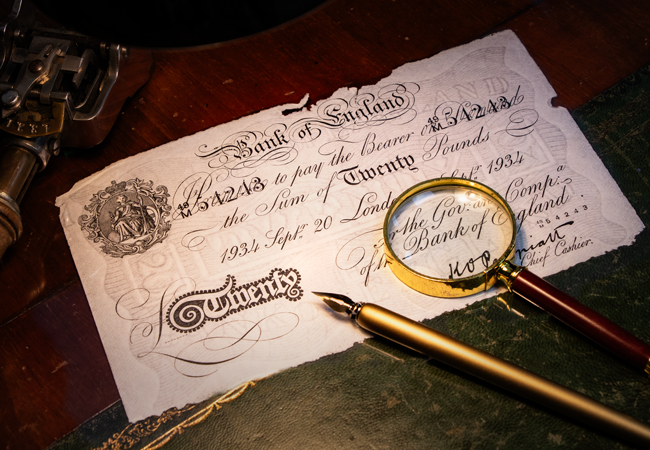
The Operation
In 1942, production of counterfeit British ‘White Fivers’ began behind the gates of Sachsenhausen concentration camp. Prisoners worked to perfect the process, and by 1945 it is estimated that 70,000,000 notes were printed by inmates.
Once the Nazis reached the closing months of the operation, they became concerned over trials for the war crime of counterfeiting.
In an attempt to hide the evidence, the completed notes and printing equipment were sent to Austria where they were sunk into the deepest part of Lake Toplitz.
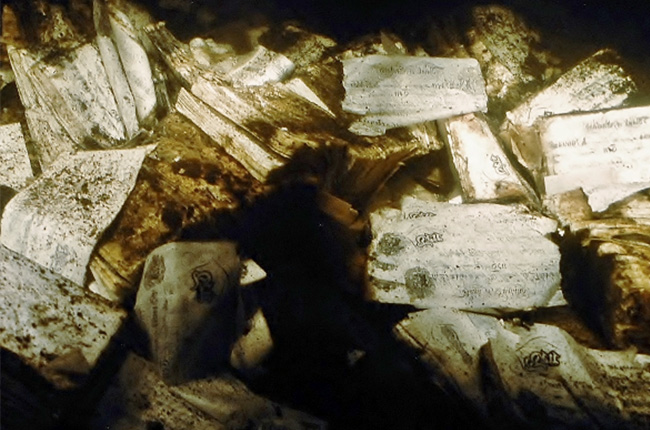
The Recovery
In 1959, the German newsmagazine “Der Stern” financed a recovery operation to retrieve the surviving banknotes. But due to the depth of the lake, only marginal quantities were recovered.
Now, 75 years after the operation began – the notes are again in the light of day.
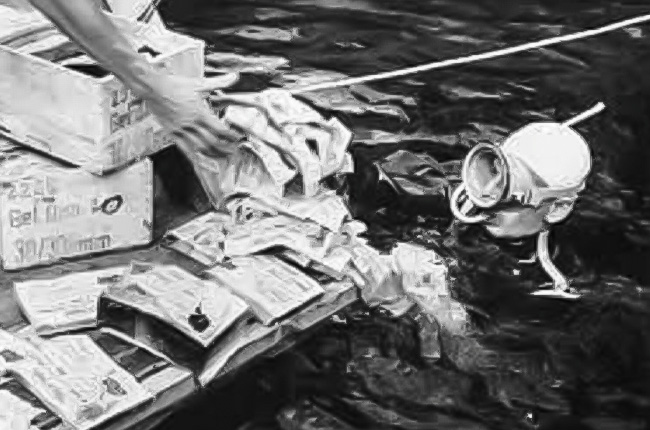
Your chance to secure one for a deposit of £34.50
There are few WWII stories as remarkable as the one of Operation Berhnard.
And in this once-in-a-lifetime Westminster first, we are offering just 50 collectors the chance to own a genuine ‘Paper Money Guarantee’ (PMG) certified ‘Operation Bernhard’ banknote recovered from the depths of Lake Toplitz.
The last time we had 50 available, they sold-out in hours.
Don’t miss out! Click here to secure your Operation Bernhard banknote >>
The National Gallery: A Journey Through Art and Time
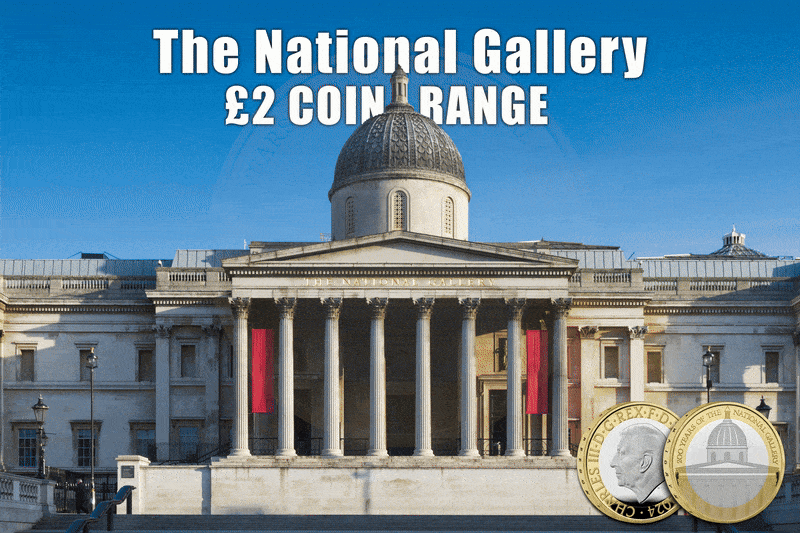
In the bustling heart of London, the National Gallery began its life in 1824, initially occupying the former townhouse of banker John Julius Angerstein at No.100 Pall Mall. The modest beginning—with just 38 paintings—was the spark for what would grow into one of the world’s most revered art institutions. In April 1824 the House of Commons agreed to pay £57,000 for the picture collection of the banker John Julius Angerstein. His 38 pictures were intended to form the core of a new national collection, for the enjoyment and education of all.
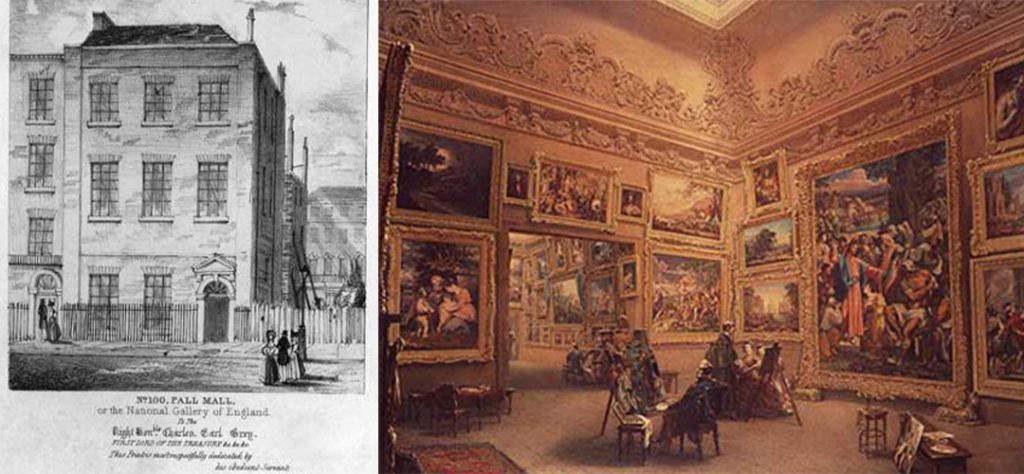
The Evolution of a Landmark
The National Gallery’s early days at No.100 Pall Mall weren’t exactly glamorous. It was small, stuffy, and constantly packed, making it a bit of an embarrassment compared to the grandeur of the Louvre in Paris. However, Agar Ellis, a trustee of the gallery, saw its location on Pall Mall as crucial, right in the heart of London’s hustle and bustle.
In 1832, construction started on a new building by William Wilkins, replacing the old Royal Mews in Charing Cross. Positioned between the affluent West End and less privileged areas to the east, its location was strategic. The idea was to make the collection accessible to people from all walks of life, prioritising social inclusion over concerns like city pollution or architectural flaws.
Even as the possibility of moving to South Kensington arose in the 1850s, the emphasis remained on making art available to everyone. As stated by the Parliamentary Commission of 1857, the purpose of the collection wasn’t just to display pictures, but to enrich the lives of the people, regardless of their social standing.
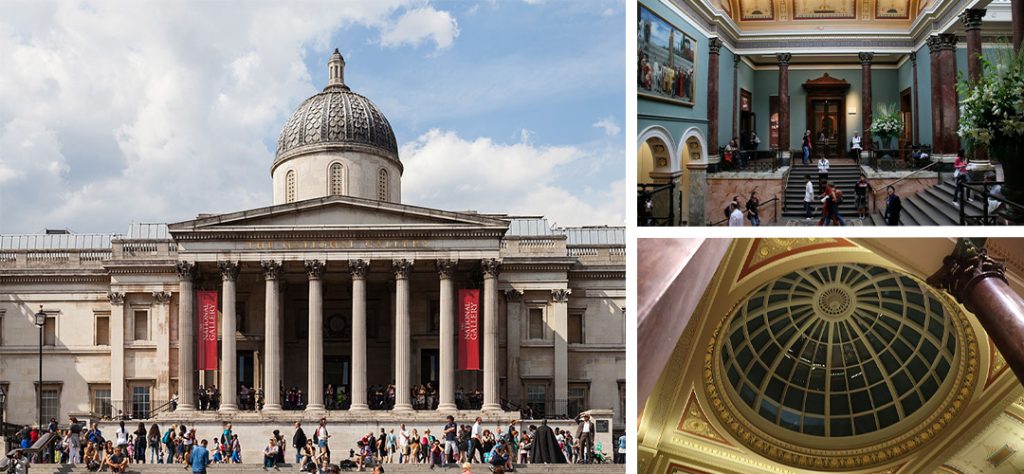
Today, the National Gallery is a vibrant hub for art lovers of all backgrounds. It’s diverse collection, ranging from iconic masterpieces to hidden gems, offers endless opportunities for exploration and inspiration. Through exhibitions, educational programs, and digital initiatives, the gallery provides a welcoming environment where everyone can engage with art.
Celebrating 200 Years of Art
In recognition of its 200th anniversary, the National Gallery is celebrated with a special coin designed by Edwina Ellis, known for her detailed engravings. The coin beautifully features the gallery at its center, surrounded by the inscription of the anniversary. This keepsake is not just a piece of metal but a symbol of the gallery’s enduring legacy, available in gold, silver, and uncirculated editions.
The edge of the coin bears the inscription ‘MAIORVM GLORIA POSTERIS LVMEN EST’, meaning “The glory of our ancestors is a light to our descendants.” This phrase, inscribed in the gallery’s very architecture, encapsulates the essence of the National Gallery: a portal to the past and a beacon for the future.
Explore the whole National Gallery £2 range now by clicking here >>
The history of the iconic Buckingham Palace
Buckingham Palace has been the official residence of the British monarch since 1837, including our very own Charles III and Elizabeth II.
It is quite simply one of the most iconic buildings in the world. From state visits to the daily Changing of the Guard, to the annual garden parties and national celebrations; everyone recognises this picturesque building.
But, did you know that Buckingham Palace was initially called Buckingham House?
Read on to explore the history of this great palace, which features on a brand-new UK £5 coin…
Buckingham House – 1761
In 1761, George III purchased Buckingham House for his wife, Queen Charlotte. Close to St James’ Palace, it proved the perfect home for the Queen who gave birth to 14 out of her 15 children there.
But, with the accession of George IV in 1820, he decided that he wanted to reconstruct the house eventually agreeing with his architect to turn it into a palace.
At the time, George IV told parliament that the reconstruction would cost near to £450,000 – that’s about £55 million today!
The house was doubled in size, adding new suites and state rooms, and the facing was curated from Bath stone, echoing a French neo-classical influence.
In fact, the rooms that were designed over 200 years ago stand the same in the current day.
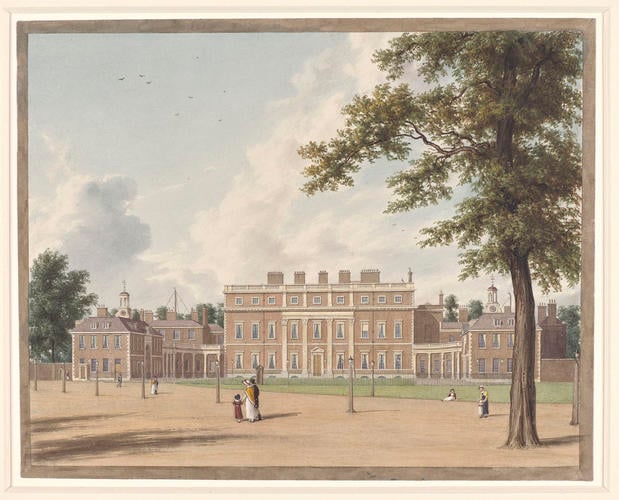
Credit: Royal Collection Trust https://www.rct.uk/collection/922137/buckingham-house-the-east-entrance-front-1819
Queen Victoria – 1837
It wasn’t until 1837, when Queen Victoria ascended the throne, that Buckingham Palace became the official residence of a British monarch.
She was the first monarch to leave from the palace for her coronation, but her marriage to Prince Albert presented some issues. Namely that the palace didn’t have enough nurseries. It therefore went through another construction phase – redesigning some of the inside alongside updating the frontage after soot had ruined it throughout the industrial revolution.

Present Day – 2024
Nowadays, Buckingham Palace is the administrative headquarters of the monarch, as well as the Sovereign’s residence. The palace has 775 rooms, including 19 state rooms, 52 bedrooms and 78 bathrooms.
Every year more than 50,000 people visit as guests for state banquets, lunches, dinners, receptions and garden parties.

Credit: Royal Collection Trust https://www.rct.uk/visit/buckingham-palace
Brand-New UK £5 Coin
To honour the incredible history and sentiment of this incredible British landmark, a brand-new UK £5 coin has been issued.
But stocks are extremely limited, especially of the rare Silver Piedfort edition of which only 800 are available worldwide.
Click here to view the range and secure your memento today >>

